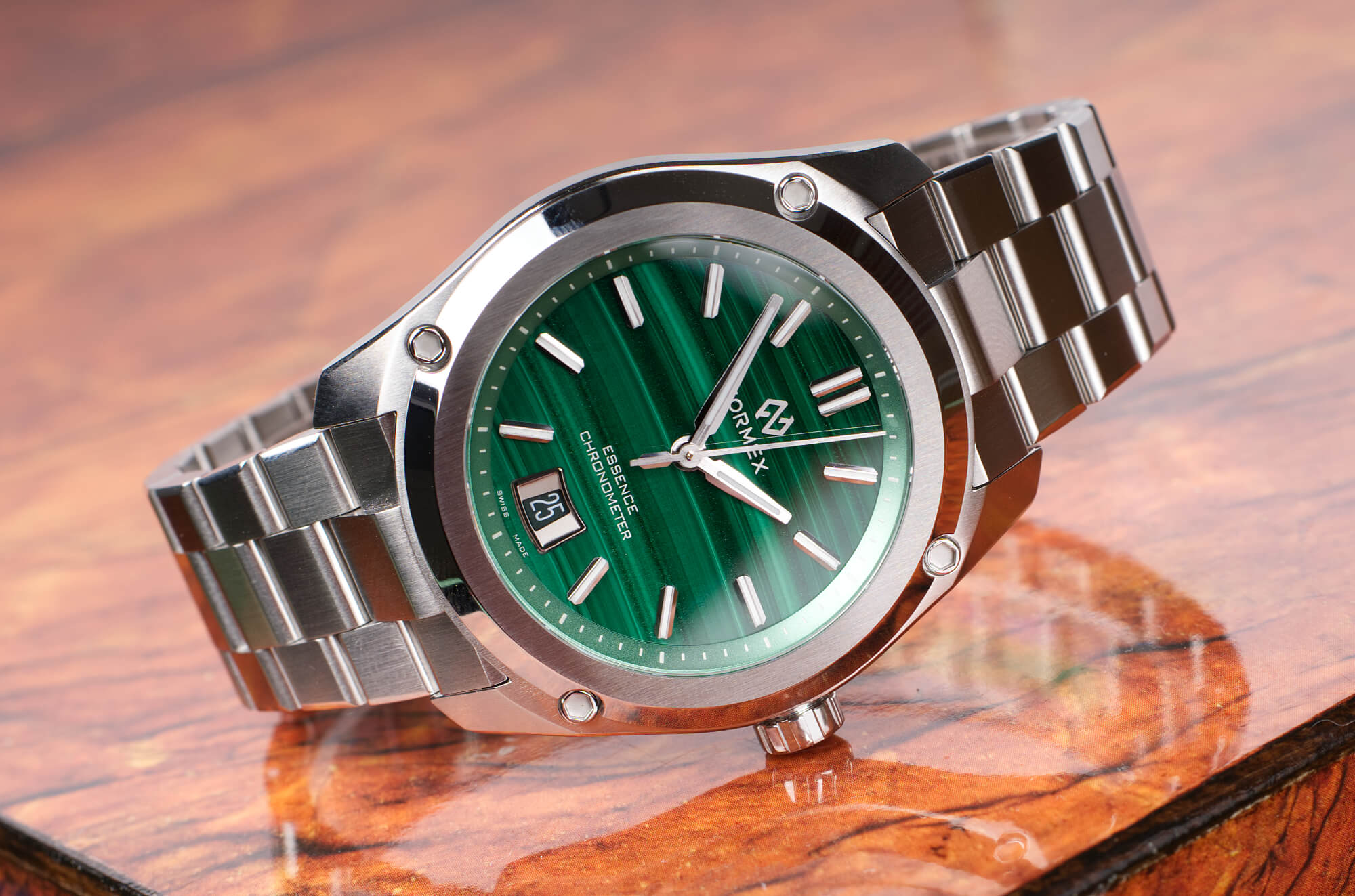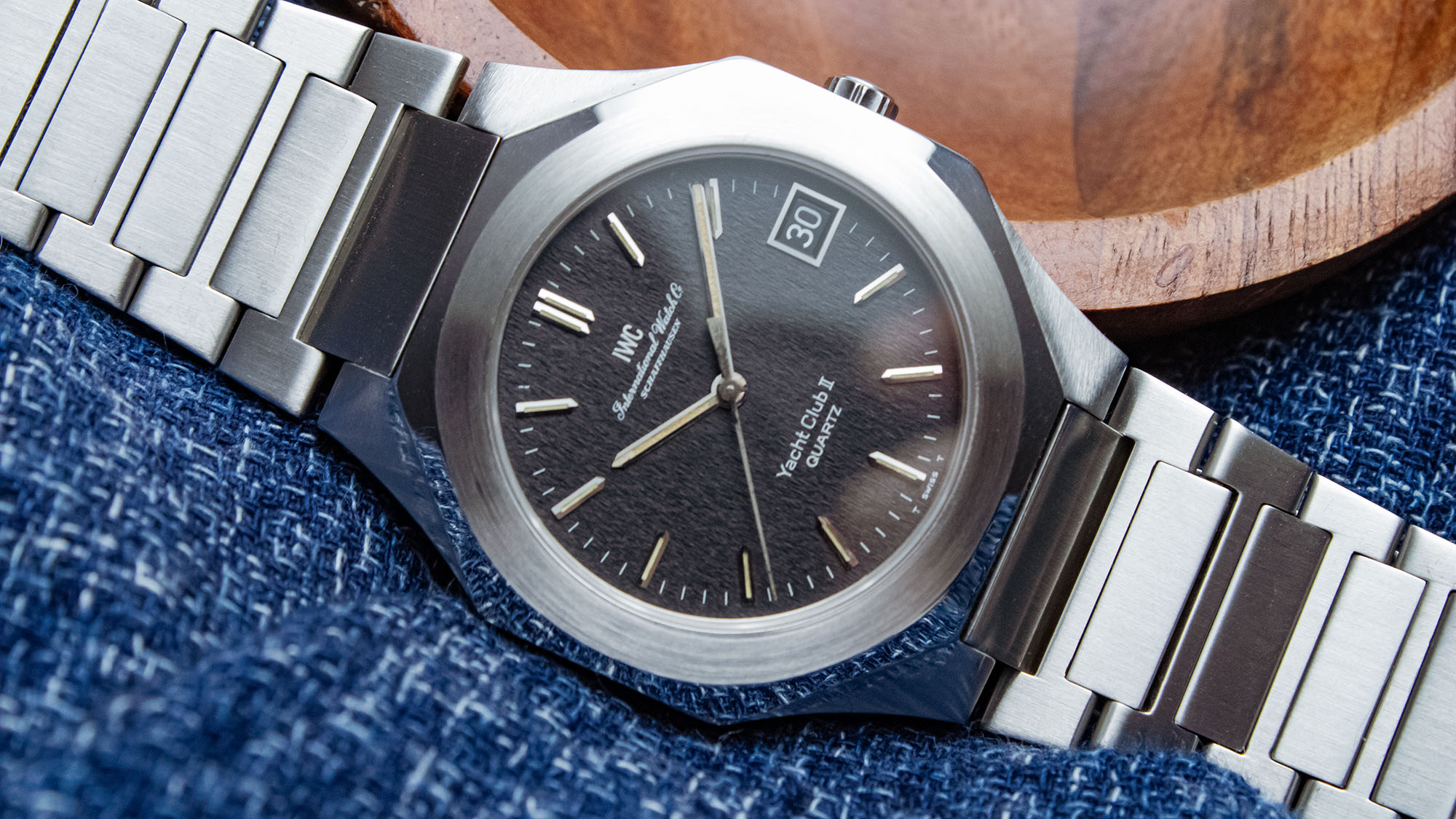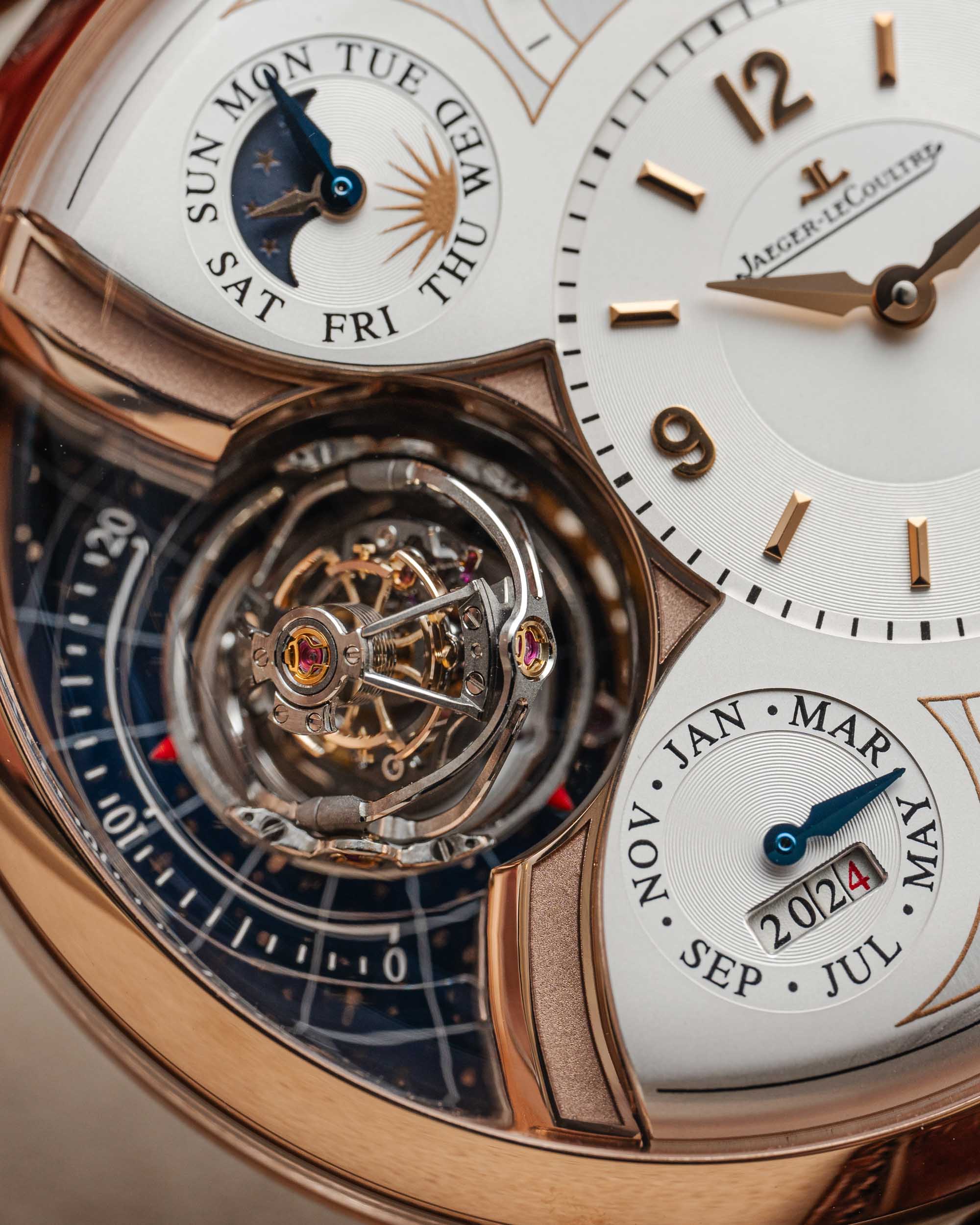
I’ve noticed a recent source of conflict between watch enthusiast consumers and the companies that make the products they want. The conflict is between what consumers profess to want to spend and where brands feel they must price their watches. This isn’t new, and the luxury space has always been on the cutting edge of capitalism, whereby firms energetically compete for limited consumer dollars and attention. What is new is a growing rift between watch brands and many of their fervent followers. Watch companies are increasingly finding themselves with new fans who cannot afford their products and existing fans who can afford them no longer. Everything from inflation to low wage growth has contributed to the recent worsening of this problem. While there will always be strain on consumer wallets when it comes to spending on luxury products, if the nadir between consumer spending abilities and retail prices grows too deep, it can lead to at least two painful outcomes.
The first is that many consumers will abandon the watch enthusiast hobby. If you can’t afford any of the watches you like, then you will become disheartened and frustrated when your disposable income doesn’t allow you to enjoy what your heart desires. This is a hobby of rewarding oneself by putting a cool watch on your wrist. If that part of the hobby doesn’t happen to you often enough, you might become bored of enjoying the hobby only vicariously through the experience of others. I aim to help consumers who can only spend up to a few hundred dollars to find watches they enjoy and want to purchase. Not all consumers will become educated here, and not everyone will be happy with a lower-end product. Given that luxury watches typically start at several thousand dollars, and can easily go into five-, six-, and seven-figure prices, a large population of the consumer market is left out for good. The danger of the watch industry failing to make entry-level consumers participate at the ground level is more real today than ever.

The second outcome of such a large consumer expectation/watch price gap is that brands will find that they cannot find where to talk to people who can both enjoy and afford their products. This has been a perennial issue for most luxury watch brands given that it is so hard to discover/curate your consumer base. Many brands struggle for years before they find their voice and someone to speak with. Brands that charge the most for a watch will naturally have the smallest potential groups to speak to. If that brand isn’t able to reach that group or find a compelling message to share with that group, then it will eventually perish. The more a brand has to charge for its products, the fewer people there will be who can afford them. Without luck and investment, many brands will struggle to find their base of buyers.
Not all of this is related to a worsening economy or inflation. In very practical terms, today’s watch consumers are more educated than ever. It can take mere minutes of research to see what the world’s finest watches look like and read what experts feel are important about them. Both rich and poor can become romanced by the same stories, beautiful designs, and emotion-rich artisanship. Once you fall in love with the type of beauty that only price can provide, it can be hard to settle for the obvious compromises that come with an entry-level product. Therefore, watch enthusiasts along all parts of the socio-economic spectrum can become fully-fledged horology fans in the same way and with broadly available tools. By visiting watch community events and commercial shows, even people without luxury watch money can see and handle the world’s best-made timepieces.
This has had the effect of dramatically increasing the expectation of what many people expect from a luxury timepiece. There is no market left for practical timepieces since smartwatches hold market dominance when it comes to the majority of utilitarian timepiece sales. Almost anytime someone purchases or chooses to wear a traditional watch, it is for emotional reasons. Most traditional watch sales are predicated on capturing the hearts and minds of consumers. It isn’t enough to sell a good timekeeper; you also need to sell a beautiful, comfortable watch with a soul and a story. This all creates high consumer expectations at all price levels in the market.

At the same time, the cost of making a truly competitive luxury watch is only going up. It isn’t just supply chain issues and inflation, but also that the expectations consumers have of watches at higher price points have shot up. For many brands, that means investing more production effort into components, which increases prices. Watches costing $5,000 might now need to cost $10,000 to deliver everything consumers want. In fact, this number is relatively close to the truth. Just a few years ago, many high-end brands desired their volume products to be priced at around $10,000 to $15,000 USD. Now, those same brands want their volume products to be priced between $20,000 and $25,000 USD. Yes, the products are better, but the consumers aren’t actually much richer. So, the same person the brand intended to purchase a $10,000 watch can no longer afford the similarly executed product at $20,000. I find that brands are often confused by this and realize too late that in order to sell $20,000 watches, they need to be speaking to an entirely different set of consumers (i.e., those who can afford them).
Brands also overestimate the elasticity of consumer interest, meaning that they often incorrectly calculate that a consumer will be able to spend more money on the same product. I find that consumers are actually remarkably sensitive to price increases. Rather than spend more and stick with the same brand or product, consumers are more prone to sticking to their preferred spending level and going with a different brand or product. The only major exception to this rule is consumers at the highest levels of wealth who can easily spend $1,000,000 if the last time they were asked to spend $800,000 — and even among rich buyers, these consumers are comparatively rare. The main point I am trying to deliver is that when brands change their price points more than marginally, they often need to accept that a brand-new set of consumer relationships will need to be developed, primarily to make their products more competitive to their existing customer base.
Rather than spend more and stick with the same brand or product, consumers are more prone to sticking to their preferred spending level and going with a different brand or product.
Unfortunately, it is difficult to point fault or find an easy fix for the growing gap between what consumers want and what they can afford. Brands cannot control many costs associated with making great watches, and consumers cannot be faulted for not finding ways to make ever-increasing incomes. What we will see is a few painful years of angst among many watchmakers and consumers who struggle to afford them.

Today’s winning brands will be comprised of two main groups. The first group is the lucky brands that will be able to find the most cost-effective ways of making the very best watches. If you can manage to undercut the competition and offer a truly exceptional watch for a price others cannot match, then you will enjoy commensurate market attention. Especially with the internet’s active watch communities, word quickly spreads when solid values are to be found. Therefore, brands that have special edges when it comes to manufacturing or production costs will enjoy strong leads once word gets out.
The other group of winners in today’s highly competitive watch market will be those brands that employ the very best storytelling skills. People spend highly on watches whose construction, design, decoration, and appeal they can intimately understand. Educating consumers about why and how a company makes watches is often integral to the development of a passionate community of owners and fans. Many brands today pour huge effort into creating and marketing storytelling materials. No highly performing luxury brand today merely makes good watches, but they make good watches in a particular way, for a particular purpose, and for particular people. All of this information needs to be conveyed to consumers who only retain it when it is relevant to their lives and interests. Companies that behave as though their work ends with making a beautiful product will have a hard time in today’s market. Brands that understand the need to create romance will fare best with today’s highly selective consumers.
No highly performing luxury brand today merely makes good watches, but they make good watches in a particular way, for a particular purpose, and for particular people.
A final word to those watch enthusiasts who lament how little they can afford. First of all, I sympathize with you. More than most people, I have had museum-worth timepiece treasures draped on my wrist only to tease and tantalize my comparatively puny budget. What to do? The short answer is that if you look hard enough, you will be able to find enjoyable watches at most price levels. Yes, those with less to spend will have a harder and longer time searching for watches that fit their budget. I would caution people about being too narrow-minded, though. If you can’t afford a particular style of watch, rather than try to purchase a cheap imitation, find a different category altogether. If you shift your focus from one category of watches to a less expensive category, you will find that your money can go a lot further. (The vintage watch craze was started for this exact reason. Consumers on a strict budget quickly found they could buy a decades-old watch for next to nothing and get as much, if not more, fun out of it as they could from many new watches.) Being able to purchase a few watches per year is a lot more satisfying than having to wait to purchase one each decade.

Finding good deals and knowing what to look for requires education and effort. Persistence is key. Note that people who engage in the hobby this way tend to report much more overall satisfaction with the watch hobby than wealthier people who can more readily afford what they like. It probably has to do with the effort-to-outcome ratio. If you need to put that much more effort into timepiece acquisition, then you are naturally going to be more elated when you get it. Alternatively, if you didn’t have to do much to afford a timepiece, then you are likely to bore of it just as quickly and move on to something else that will, in turn, not make you very happy. As watches make the best rewards, those we struggle to acquire mean the most to us. Happy hunting.

